Para muchos jardineros domésticos, un césped verde y exuberante es la pieza central de su paisaje. Pero, cuando la hierba se vuelve marrón en verano durante los períodos cálidos prolongados y secos, puede ser una verdadera decepción. Además de soportar la monstruosidad, es posible que le preocupe más que su césped se esté muriendo.
Anímate porque ese cambio de color puede ser engañoso. Incluso algunos pastos de estación fría, como Kentucky, se mantendrán vivos durante condiciones de sequía con el cuidado adecuado. Continúe leyendo para aprender cómo cuidar su césped y las opciones para darle la vuelta a ese marrón en el futuro.
Razones por las que su césped se vuelve marrón
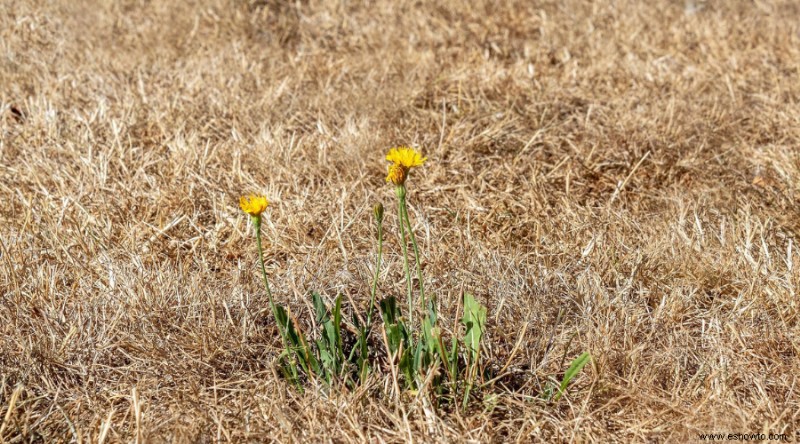
Hay muchas razones por las que el césped se vuelve marrón. A continuación se muestra una lista de las razones más comunes:
1. La falta de agua y los cambios de temperatura estresan cada parte del césped.
2. Daños por sal después del invierno. La sal chupa el agua de las raíces de la hierba.
3. Cortar el césped demasiado corto. El césped más largo mantiene más humedad, así como material de hoja fotosintético, esencial para mantener el césped verde.
4. Demasiado fertilizante a base de nitrógeno. El exceso de nitrógeno quema la hierba.
5. Animales orinando en la hierba.
6. Demasiadas malezas compiten por los recursos del suelo y bloquean el sol.
7. Regar entre el mediodía y las dos de la tarde, cuando el sol está más caliente. Como resultado, la mayor parte del agua se evapora y no llega a las raíces.
8. Los errores de corte, como hacerlo cuando hace demasiado calor y está seco afuera, incluso al mediodía, estresan aún más el césped. Además, cortar con una cuchilla sin filo aumenta la pérdida de agua.
9. Hay una infestación de hongos o plagas, como las larvas del escarabajo de junio y el escarabajo que se alimentan de las raíces de las briznas de hierba.
10. Una acumulación de paja que asfixia la hierba.
¿Esa hierba marrón está inactiva o muerta?
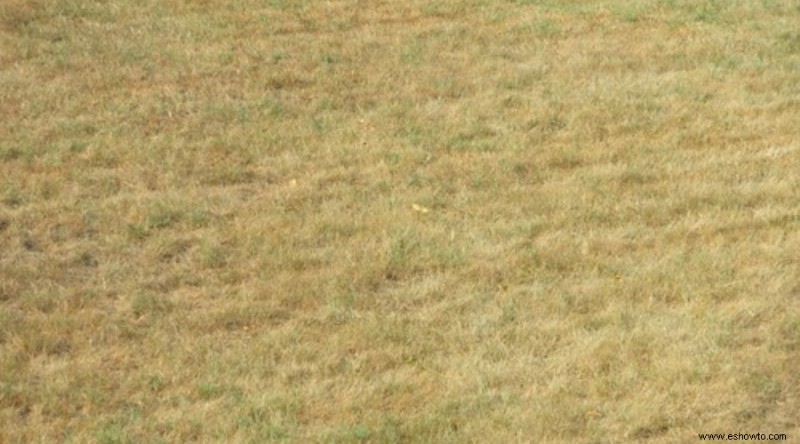
Si ha eliminado todos los demás factores anteriores, excepto las altas temperaturas y la falta de agua, es probable que su césped esté inactivo.
Dormancy is a perfectly natural state cool-season grasses go into after about two or three weeks without water. Warm-season grasses could also go dormant if a cold spell sets in during the summer. Dormancy helps the grass to preserve resources to stay alive.
A simple way to test if your grass is just dormant and not dead is to start watering it again. If it starts to get its green sheen again, it’s alive. Another option is to grab a clump of it and try to pull it up. If it yields easily — roots and all — it’s dead. But if there is resistance, your grass is dormant.
Should You Water Or Not?
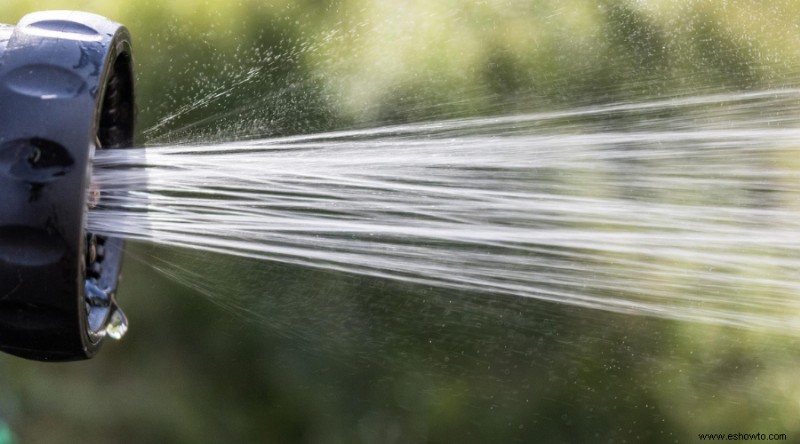
Leaving grass dormant might be an ongoing visual assault, but it has a few benefits. Besides preserving nutrients during this time, grass will experience active shoot growth. Also, it’s worth mentioning that you will save on water expenses.
However, that does not mean you don’t have to water at all. Treating your lawn to 1/2 inch of water once every other week will give it just enough moisture to make it through hot, dry spells. It’s not enough water to make grass green again, but it will help it stay strong and healthy enough to bounce back.
Don’t be tempted to water more than this and break dormancy before the dry spell ends because this drains the grass’s resources.
Care Tips For Brown Grass On Your Lawn
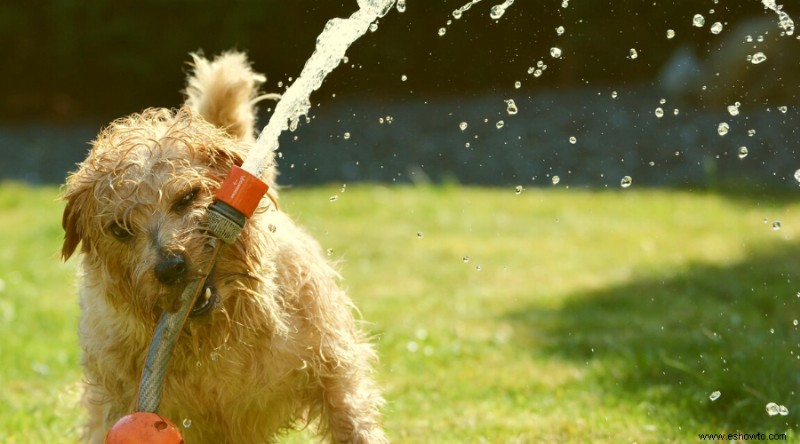
Once the green on your grass starts to fade and you know a prolonged dry spell is expected in your area, it’s time for some lawn TLC. The first step is to reduce all activity on the lawn, including from your pets.
Do not mow or fertilize during this period. If you mow, leave the clippings in place for a cooling and protective effect. It’s a good idea to remove weeds before dry weather settles in. Once it does, still try to stay off your lawn.
Take advantage of this time to sharpen blades on your mower. When it’s time to cut the grass (which will be in a frail state) again, those sharp blades will do less damage.
Going Green Again
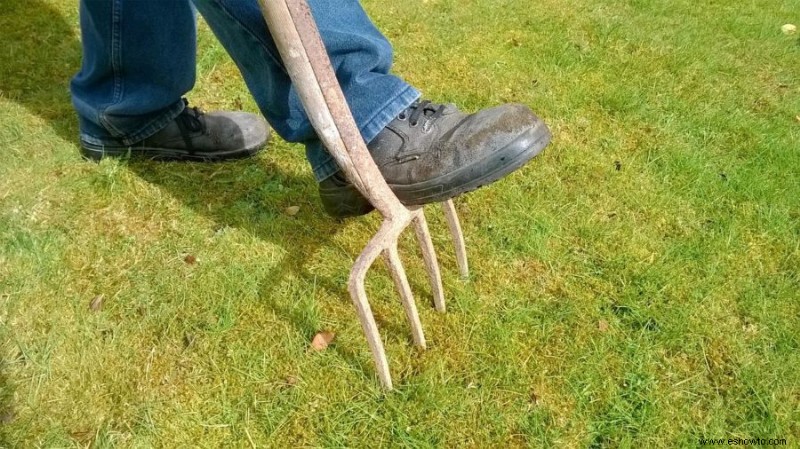
Once dreaded dry weather ends, it’s time to bring your lawn grass back to life. If it has remained healthy, you should see green popping back in after three to four weeks of thorough watering. Water in the early mornings and cover every inch evenly. Do not overwater.
After about two weeks, add fertilizer or lawn food. Stay away from high-nitrogen fertilizers and use one that has a balance of about 4-1-2 nitrogen, phosphorus, and potassium. As the grass regains strength and vibrancy — about three to four weeks — you can resume maintenance like dethatching and aerating.
If parts of your lawn have died, there is no way to revive them. You will need to reseed or resold. Before you do either, mow the grass first and lay down some new soil and compost. Water lawn thoroughly and often after adding seeds and sod
Prevention Is Always Better Than A Cure
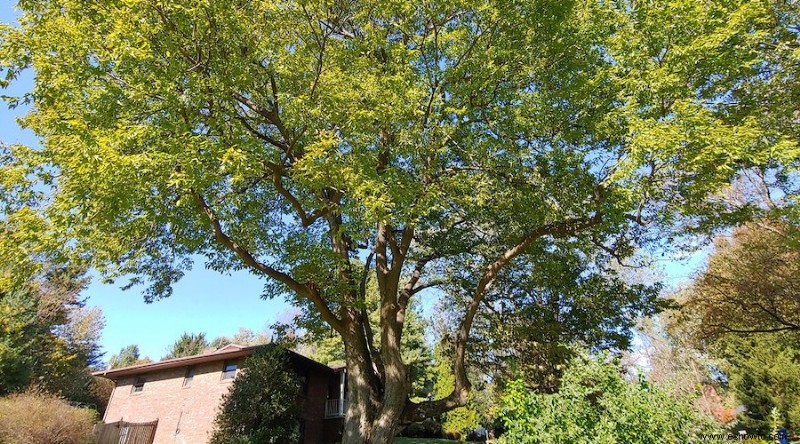
Sometimes you might notice only brown patches on your lawn. These usually signal that you are not irrigating your lawn evenly. Be sure to move your sprinkler around during watering.
Also, avoid leaving items on your lawn for any length of time. It can be an item as light as a toy or kiddie pool. Anything that blocks the sunshine for even a few days can leave brown or faded patches.
Check to see if trees that are overshadowing your lawn need pruning. The same goes for tall, sweeping bushes. When grass doesn’t receive sunlight, it is more vulnerable to turning brown or a paler green.
Battling Brown Fatigue?
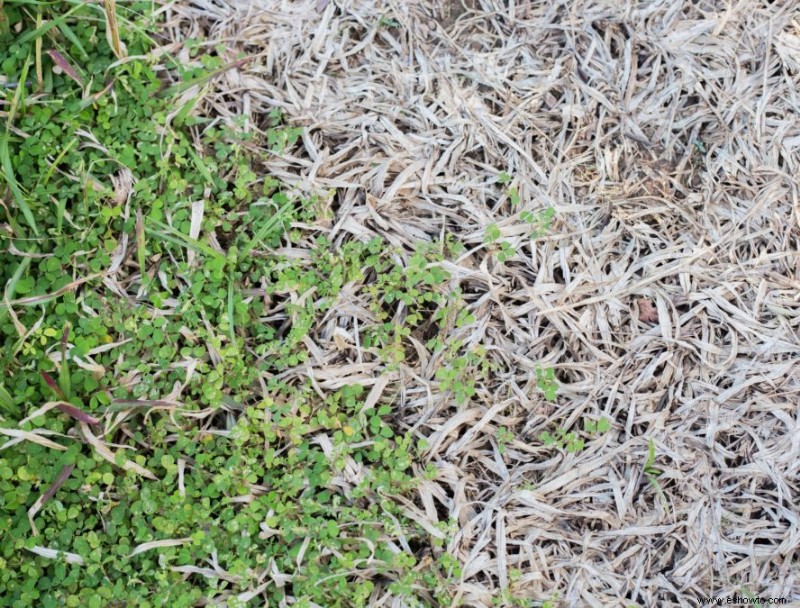
If you live in an area with persistent drought conditions and are tired of standing by while your lawn grass goes brown, you have several options.
Consider switching to artificial turf. RealGrass, SynLawn, and Traffic Master get high marks for looking like the real thing. They can maintain a lot of foot traffic, help you save on water costs and time spent on maintenance.
Also, consider installing drought-resistant or warm-season grasses such as Bermuda, Zoysia, Buffalo, and Bahiagrass. Or, add more grass-free areas to your landscape with rock gardens, stone walkways, and succulents.
Don’t Get Down When Grass Turns Brown
As with anything else, when the grass turns brown in your garden, it’s a good idea to keep a positive outlook. You have several options to save your lawn and rethink your garden in general. It could be the start of an even more beautiful thing.
More long, hot, and dry spells are likely in the future, so tell us some of your ideas for weathering them. Please comment below.

